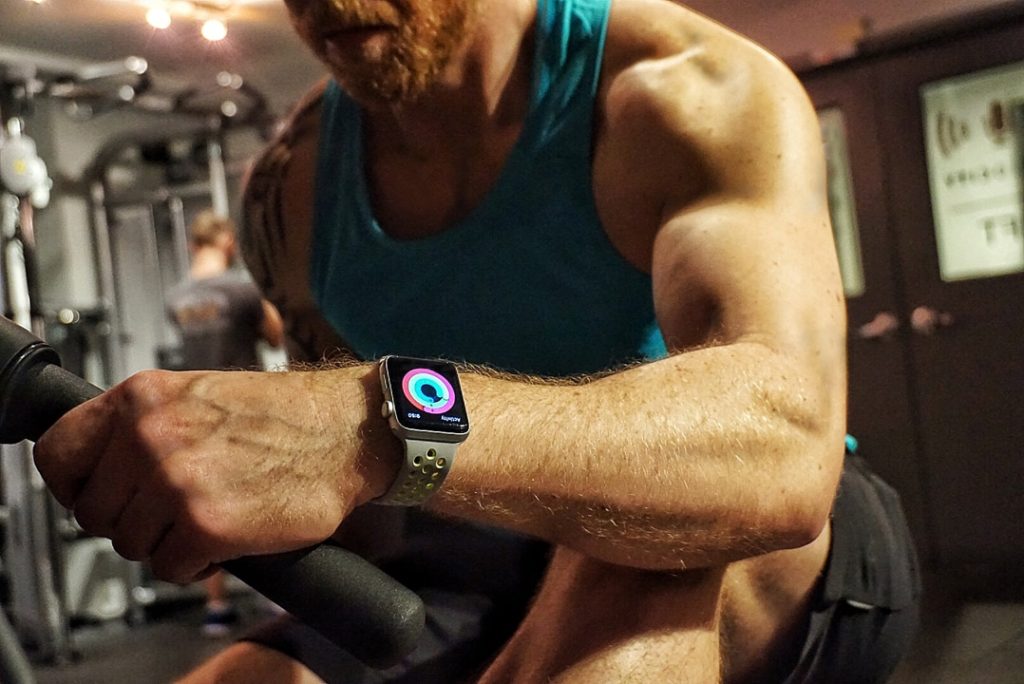Home » Fitness Blog » Understanding Maximum Heart Rate
Understanding Maximum Heart Rate

What You Need to Know About Maximum Heart Rate
Both novice and expert gym-goers utilise their maximum heart rate to calculate their work-out goals and achievements. Maximum heart rate, or MHR, is essentially the highest heart rate you can reach during physical exercise without hurting yourself. But knowing your MHR is just the beginning. Even experienced gym-goers have a hard time wrapping their head around how to use MHR to advance their training.
With that said, let’s take a closer look at maximum heart rate, so that you can leverage your own MHR readings in your workouts.
Understanding Heart Rate Terms
Before we get started, let’s demystify some of the most basic terms revolving around heart rate measurements.
Resting Heart Rate
What is it?
In basic terms, this is your normal heart rate when you’re still and calm. For adults, the normal resting heart rate is 60 to 100 beats per minute (bpm), however, high-performing athletes may reach 40 bpm, which is totally normal.
Your resting heart rate is based on a myriad of factors, such as your age, height, fitness level, smoking habits, and the medications you’re taking.
How to calculate it?
The easiest way to calculate your bpm is to check your pulse: put your first and second finger on your neck where you feel your heartbeat (beside your throat); then, count how many beats you get in 15 seconds and multiply that number by four.
Aerobic Zone Heart Rate
What is it?
Your aerobic zone heart rate is typically 45–85% of your maximum heart rate. The aerobic heart rate zone is the oxidative system where oxygen is used to help with energy production, in this system fat is the primary nutrient used for energy conversion.
How to Calculate it
To figure out the range of bpm where fat-burning will likely occur (for example, 130 to 155 bpm), follow this formula:
[your maximum heartrate – resting heartrate] + 45
[your maximum heartrate – resting heartrate] + 85
Target Heart Rate
This is the ideal number of beats per minute during exercise. As your target heart rate zone is typically represented as 50 to 80% of your maximum heart rate, this is also your aerobic heart rate zone.
Check out Peripheral Heart Rate Action Training (PHA) – The Anti HIIT Workout to find out how to use the aerobic heart rate zone in your workout routine.
Maximum Heart Rate
What is it?
Your MHR is the fastest your heart will beat in one minute, which is based on factors that don’t necessarily have anything to do with your fitness level. This is your heartbeat’s limit.
How to calculate it?
- The most common way to get a calculation for MHR is to subtract your age from 220. This gives you a fairly reliable figure, however, it doesn’t take into account factors like your gender or body composition, so it’s not one hundred percent accurate. A more exact calculation is to multiply your age by 0.7 before subtracting it from 208, like this: 208 – (age x 0.7).
- A VO2 peak treadmill test is by far the most precise method for determining your maximum heart rate.
How to Use Maximum Heart Rate When Training
Your MHR is an important number to know when you’re trying to achieve a level of fitness. You can use your MHR to help you establish your own heart rate zones. Equipped with your MHR, you or your personal trainer can develop a personalized fitness routine that pushes your bpm into the aerobic zone, where fat loss and muscle development occurs.
Everyone’s heart rate zones will vary, but here are some common exercises that will push your heart rate into the aerobic zone, such as lunges, push-ups, deadlifts, rows, and mountain climbers.
How Accurate Is Your BPM Tracker?
Wearable technologies that track your heart rate, such as Apple Watch, Basis Peak, and Fitbit Charge HR, can be helpful, but they aren’t always accurate. This is especially true once your heart rate surpasses 113 bpm. Depending on the brand of your tracker, you might be getting an over-or underestimated reading, which can be frustrating when you’re trying to reach specific heart rate zones.
One of the main issues with wearable technology is that we tend to move our arms more when we’re doing higher intensity workouts, which can affect the accuracy of the tracker’s sensor.
Heart rate trackers are helpful, but they don’t paint the clearest picture of your true bpms. If you are serious about HR tracking it’s worth getting a chest strap, like the Polar H-10 and wear a device that can take a reading from the strap.
Take Advantage of a Personal Trainer’s Expertise
An online personal trainer will build a workout routine that not only meets your fitness goals, but that is also tailored to help you reach your aerobic zones for maximum training benefits.
Contact me today for more information.
Copyright © 2019 Andy Vincent PT
Created by DO Digital Marketing


